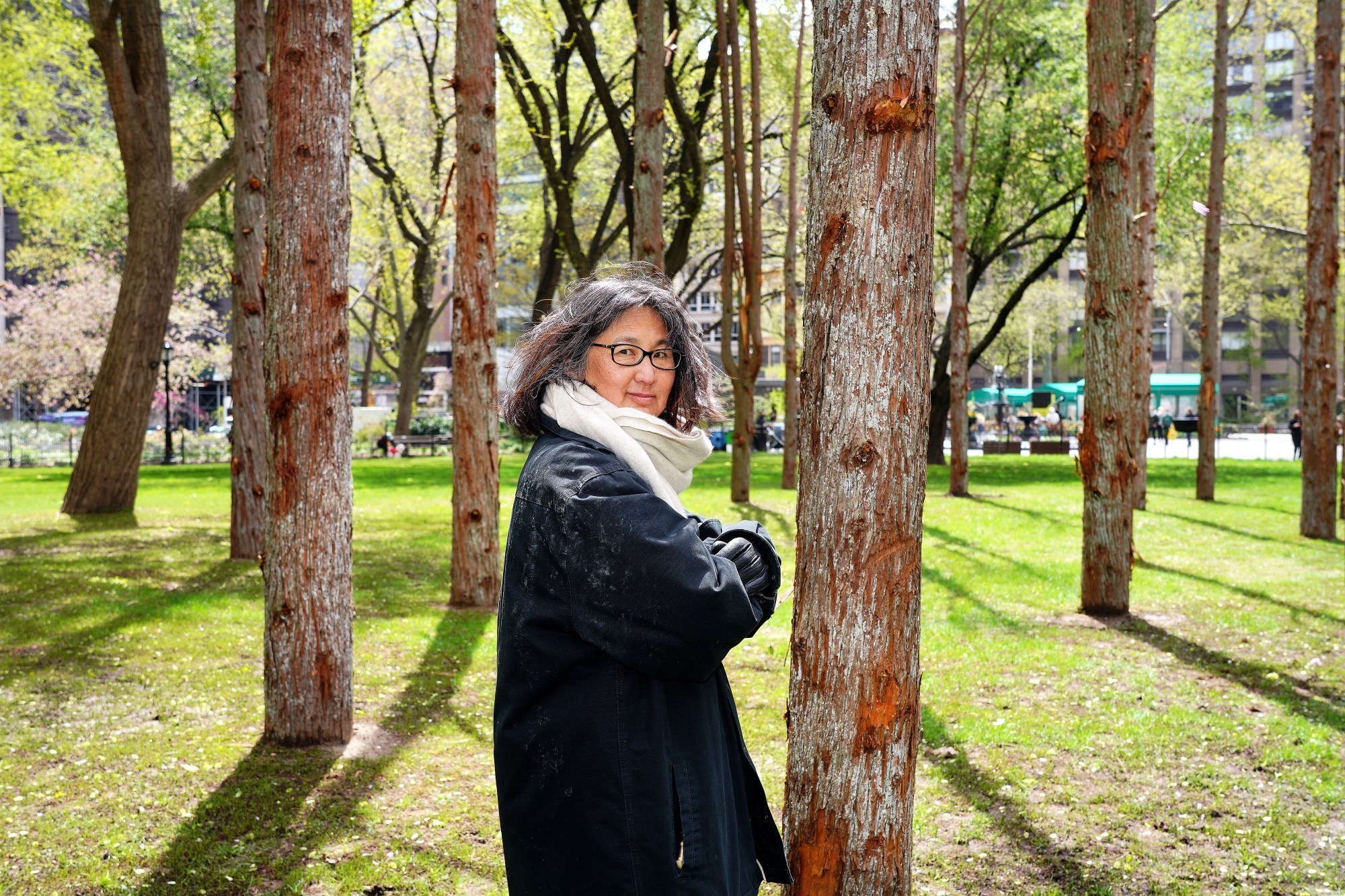This site uses cookies – Learn more.
How a Pandemic Year of Loss Reshaped Maya Lin’s Art and Architecture (Los Angeles Times)

What began as a story about a building, however, ultimately became about how so much can change in the course of one fateful year.
On that crisp February morning in which we met last year, Lin said something that later rattled around my brain for weeks.
At the time, she also was working on an art installation titled Ghost Forest that would place a grove of towering Atlantic cedars — all dead — in the middle of Manhattan’s Madison Square Park. The piece was intended to draw attention to the plight of a native tree that has been decimated by habitat loss, the presence of invasive species and, now, climate change.



